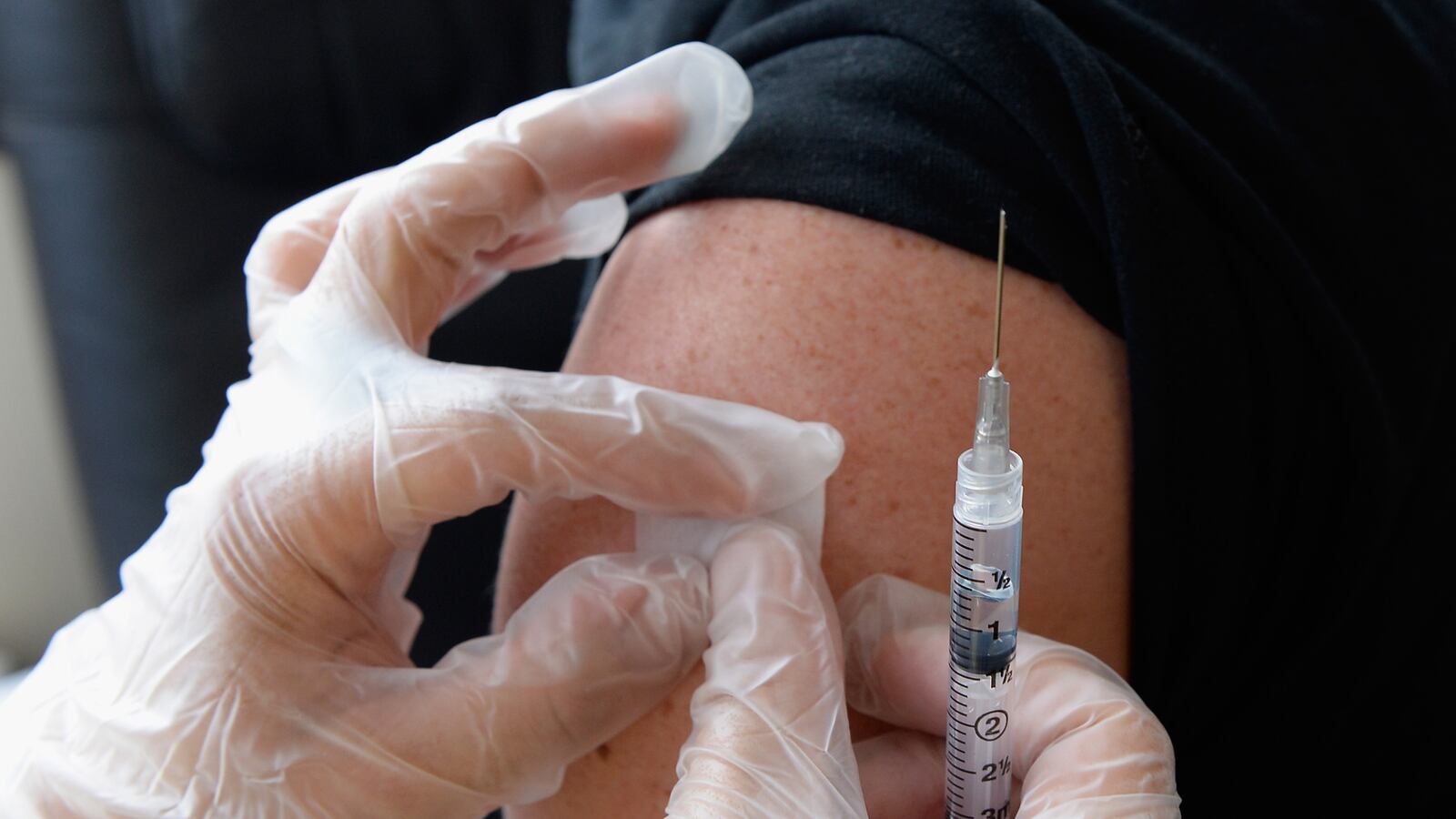The slow-motion meningitis outbreak among gay men in New York City took a possibly frightening turn this weekend when a rapidly fatal case of the disease was seen in a previously healthy young gay lawyer in Los Angeles.

The facts are still emerging, but the basics are as follows: last fall, just before a fungal meningitis scare popped up in five mostly Southern states, a cluster of cases caused by meningococcus, a bacterium, was seen in NYC among gay men, some of whom were HIV-infected. The New York cases differed in every way from the meningitis caused by fungus: the fungal cases were traced to contaminated steroids prepared by the now notorious New England Compounding Center. Those patients had received deliberate injections into their backs in an attempt to reduce local pain.
In contrast, the outbreak in NYC has simmered along since 2010 and thus far has involved 22 gay men, including four in 2013. To date, according to information from the NYC Department of Health and Mental Hygiene (DOH), 17 of the 22 cases have been from either Brooklyn or Manhattan, including 4 of the last 5, who hailed from Manhattan. A high proportion of those affected have been black or Hispanic, and 12 have been HIV-infected. Seven have died, including 5 with HIV infection. Genetic fingerprinting has demonstrated that most of the 2012 and 2013 strains are closely related. But most importantly, all recovered strains are vaccine-preventable.
Given these facts, the NYC DOH recommended last autumn that certain groups receive vaccination, particularly men who self-identified as gay and used the internet or apps to meet other men. Since then, the NYC DOH estimates that almost half of the group at risk has been vaccinated—but this was not enough to stop spread completely. Recent cases have occurred in persons who had not identified as gay and so were not vaccinated—a problem any time a certain group is singled out for a healthcare intervention, particularly when the group has been chronically discriminated against. As I wrote last September, it is one thing to advise specific groups of people to receive a vaccine; it it’s another for those people with risk to step forward for the vaccine. Because to step forward for the vaccine is for many to step forward out of the closet.
So we are stuck in the confusing upside down world where the need for the public health officials to know what’s going on collides with a person’s right to maintain privacy about personal matters. After its first case, Los Angeles is just beginning to feel the same tension. According to a report from an NBC affiliate, a local councilman is making a strong pitch to make sure the disease is not connected to being gay. As he requested: “Please don’t call this a gay disease.”
Which it is not, technically speaking. But things are not so simple. Right now in New York City, the devastating infection is in fact occurring almost exclusively among sexually active gay men. It is uncertain whether the same will hold true in Los Angeles—genetic fingerprinting of the Los Angeles strain will be compared to strains from New York to understand possible transmission dynamics. Meanwhile, more cases may be identified. No matter the outcome of this end of the investigation, we have hard facts at odds with what feels appropriate and respectful.
We have been here before, of course. Just a few years ago, methicillin-resistant Staphylococcus aureus infection became a substantial problem for gay men, though it was not sexually transmitted, exactly. There were no sores and no urethral discharge. But intimate contact seemed to promote transmission. Public health officials, then as now, had difficulty finding the right way to frame the message. “You may have a disease that can be spread sexually though it is really not exactly a sexually transmitted disease…See your doctor today!” is not going to fit on any banner or bumper sticker. And it is likely that the same is true of the meningococcus currently being spread.
It is often said that infectious disease knows no borders, as if to suggest that infections are truly democratic and see neither color nor race nor religion nor creed. If only. Infections discriminate every second, everywhere, and all of the time—they follow absolutely no rules of social justice. Rather, they almost always hit the poor or the marginalized. And true to form, with the current meningococcus outbreak, the infection has affected, at least on the East coast, a group often discriminated against.
Where health is concerned though, the accusatory finger of discrimination pivots. For surely it is more discriminatory to not provide optimal medical care, including vaccination, to those at risk than to tiptoe around personal information in hopes of not disturbing anyone. Infections may discriminate and society too may sneer but provision of health care must not.






